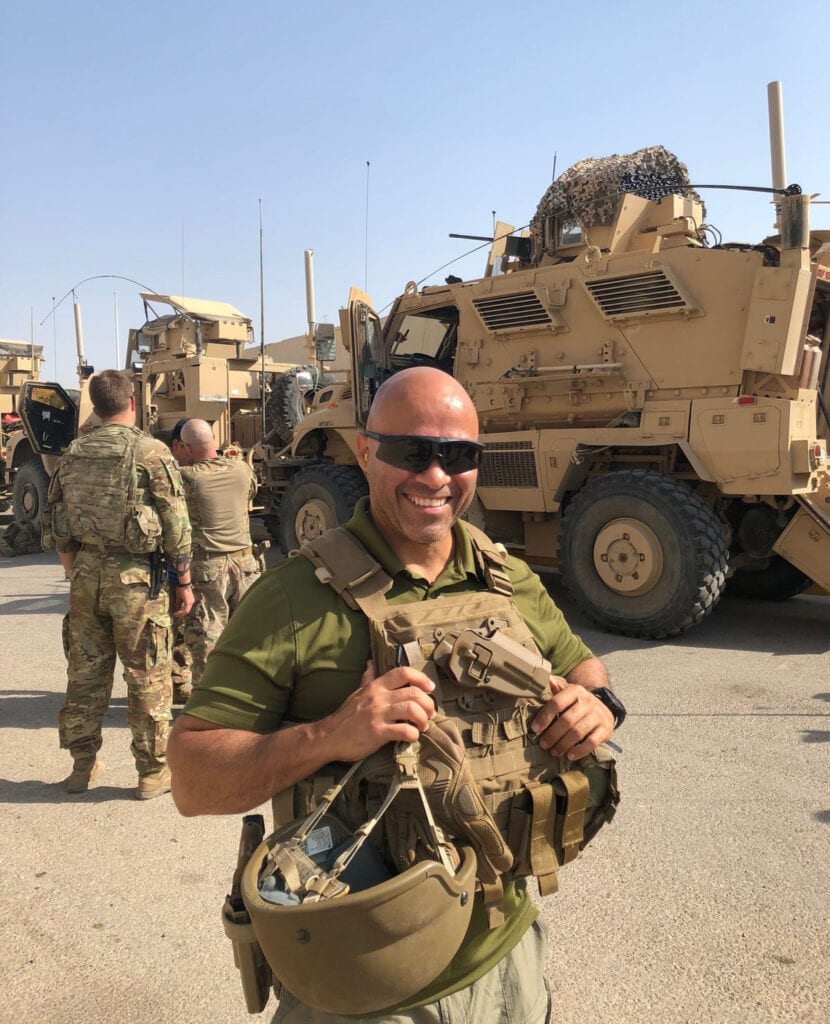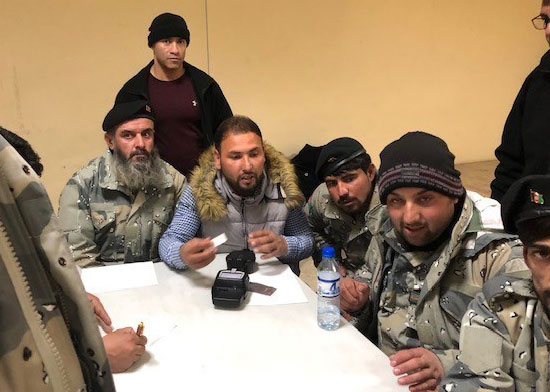After providing Allied and Afghan forces with a cloak of protection from adversarial asymmetric weapons since May 2017, technical integrators (TI) from the Defense Threat Reduction Agency (DTRA) closed up shop and returned to the National Capitol Region until their next mission.
“We left the Afghan National Security Forces with equipment to counter or defeat explosive and asymmetric threats,” said David Gonzalez, lead technical integrator for DTRA’s Counter Improvised Threat Technologies Department. “They have been trained to operate and maintain the equipment they are using to secure their nation from these threats. After we depart, the Counter IED mission will be transferred to Department of the Army Headquarters.”
DTRA’s involvement in the NATO-led Resolute Support mission began when a large vehicle-borne improvised explosive device (LVBIED) detonated in Kabul, which devastated the German Embassy, severely damaged the UK Embassy and several Afghan Government buildings. NATO leadership requested DTRA’s support to train and advise the Afghan National Defense and Security Forces on ways to defeat improvised threats.
The Afghan National Police received training in the use of the Zero Backscatter Van, a non-intrusive X-Ray van, along with explosive trace detection devices. In addition, they also received training on how to operate walk-through metal detectors and baggage scanners. All of this equipment and programs of instruction were transitioned to the Ministry of Interior (MOI) for incorporation into their national police academy training courses.
Upon receipt of the first sets of equipment, DTRA TIs quickly established a train-the-trainer course that provided the opportunity for the Afghans to train themselves and send those subject matter experts to their perspective training academies for continued training. Through periodic visits, they were able to vet the training, ensuring the quality of the training was not lost.
The MOI also established a National Maintenance Strategy to assist with the sustainability and maintenance of the equipment.

The Afghan National Police are currently manning checkpoints on what is referred to as “The Ring of Steel” along the Kabul City perimeter, equipped with the technology and training to identify dangerous goods, nefarious activity, and prevent and deter high pay-off attacks.
Maslakh Field, manned by Afghan Police Unit 01, is the only authorized entry point for large vehicles into the Green Zone of Kabul City. This entry point is the primary route used to access several government buildings and the embassies within the international community. It is hardened and equipped with the latest and greatest equipment designed to counter or identify the explosive threat.
“Our purpose here was not to provide continuous support…we are the outsiders,” explained Gonzalez. “We came here to assess, equip, train and reassess the local security forces to ensure they would be able to accomplish the mission on their own. I am proud to state that the Afghan forces are operating with higher confidence and success providing security to the Afghan people and the International community.”
Adapted from original story by the Defense Threat Reduction Agency



